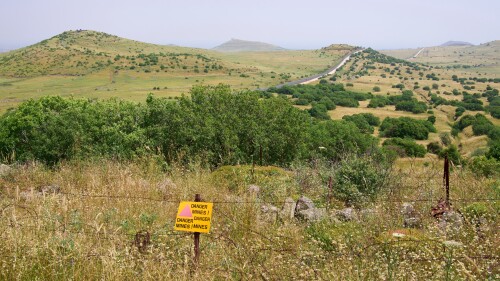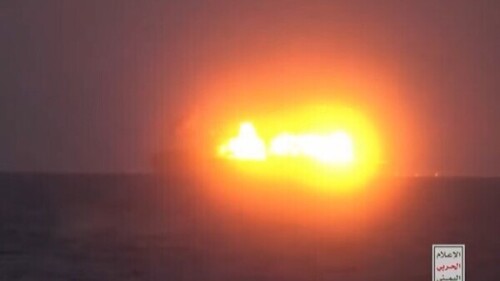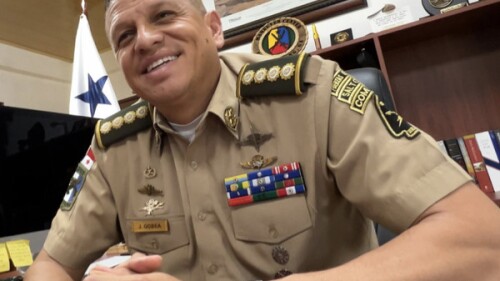Despite a decline in media coverage, Sunni Arab protests in Iraq continue to occur. The demonstrations reflect a widespread feeling of marginalisation among Sunni Arabs. Yet there has been scant analysis of the ideological trends within the protests. Which factions can be discerned, if any? What role do Islamists play?
The protests in Iraq primarily fall under the banner of “Herak” (Arabic for “Movement”), but the use of this term does not imply uniformity in rhetoric. Every Friday, demonstrators generally adopt a specific grievance around which to devise slogans and hold rallies. Recurring themes include the reclaiming of the rightful dignity of the Sunni Arab community in Iraq, and denouncing the government as sectarian.
Early analyses of the protests suggested significant influence on the part of the Iraqi Islamic Party (IIP), which has roots in the Muslim Brotherhood. The IIP’s influence has become much more apparent in recent weeks, as illustrated by frequent displays of solidarity with the Ikhwan in Egypt.
In the western media, an article by the Yemeni Nobel Peace Prize winner Tawakkol Karman provoked considerable controversy for comparing former President Mohammed Morsi to Nelson Mandela. Yet there is no doubt that Ikhwan-sympathisers across the Middle East view Mr Morsi in this light.
The killing of Mr Morsi’s supporters in Egypt has provoked a surge in displays of solidarity with the Ikhwan. In protests last Friday in Fallujah, some protesters could be seen beating a banner featuring a triumvirate of sinister forces - Syria’s Bashar Al Assad, Iraq’s Nouri Al Maliki, and Egypt’s Gen Abdel El Sisi - with their shoes.
In Baghdad itself, speakers likened the perceived heavy-handed conduct of the Iraqi security forces to the behaviour of the Egyptian army towards pro-Morsi demonstrators.
Two other major factions can be discerned within the protest movement. The first of these is Intifada Ahrar Al Iraq (IAAI), which is the activist wing of the Baathist Naqshibandi militia movement.
IAAI presents its primary goal as ending the “Safavid” (Iranian) occupation of Iraq and liberating Baghdad from the current Iraqi government, contrasting with those under the general banner of “Herak” whose solutions range from calling on the government to make concessions on de-Baathification and antiterror laws to urging the creation of a Sunni Arab federal region in western and northern Iraq.
Since the raid on the Hawija protest camp near Kirkuk in April that saw dozens of IAAI-affiliated and unarmed protesters killed, IAAI has effectively withdrawn from holding further demonstrations, and has made clear that armed struggle is the only solution. The announcement of an end to protests coincided with the widespread use of a slogan for a week or so across many areas, including Ghazaliya neighbourhood in Baghdad: “The people want a declaration of jihad”.
The final major organisation to consider is the Sunni Popular Movement (SPM), which is primarily based in Anbar province. The evidence indicates that if not a mere front-group for the Salafist insurgent group known as the Islamic Army of Iraq, the SPM at least maintains strong ties with it.
The SPM’s main goal appears to be the creation of a Sunni federal region. The SPM is also the protest group that makes the most of the notion of solidarity with the rebellion in Syria, with FSA flags and placards of support to be observed routinely at their gatherings.
For example, at SPM’s Eid protest prayers, a placard could be observed in the Ramadi gathering, reading as follows: “From the land of Anbar to the heroes of Syria: there is no Eid for us except your victory.” The SPM’s Facebook page also uploaded a photo of an FSA flag at one of its protest events and inserted a caption asking God to send the SPM to deliver Sunnis from oppression.
While the numbers of demonstrators have certainly declined since January, the protests are unlikely to dissipate completely for some time to come, in contrast to demonstrations in the southern provinces over issues like inadequate provision of electricity that last only a few weeks.
Although Mr Maliki’s administration did try to offer some concessions in the shape of reforms to de-Baathification devised by the Sunni deputy premier, Saleh Al Mutlaq, Sadrist opposition to the reforms, as well as boycotts amid the Hawija fallout, meant that proposal failed to pass through parliament. As a result, no grievances have been addressed in any meaningful way.
Meanwhile, the surge in violence that was only to be expected provokes a response from the Iraqi government similar to that of the Egyptian military regime: namely, just to tighten security measures. Yet it is precisely this sort of heavy-handedness that provokes further resentment from protesters in particular, as one SPM leader made clear in reference to a new security offensive ordered by Mr Al Maliki in the Jazira region of the north-west.
Together with the unwillingness of the Maliki government to admit error in the purchase of fake bomb detectors, all this means that a reversal in the spike in casualties is unlikely to come about any time soon. Even if one wishes to avoid the sensationalism of calling this new state of affairs a civil war, pessimism remains the order of the day in Iraq.
Aymenn Jawad Al Tamimi is a Shillman-Ginsburg Fellow at the Middle East Forum.
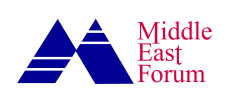
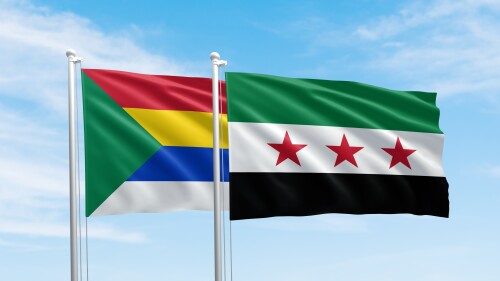
![Jamal Maarouf: “When Daesh [ISIS] stood as a firm stumbling block before us and prevented us from continuing the fight against Bashar’s army, we had to fight it and expel it from Idlib and its countryside, Hama countryside, Jabal al-Turkoman [in Latakia] and Aleppo countryside.” Above: Aleppo, Syria, March 12, 2016. Military convoys of the Syrian opposition forces head to fight ISIS.](https://cdn-mef.meforum.org/dims4/default/3b369ca/2147483647/strip/true/crop/5246x2948+2+0/resize/500x281!/brightness/10x0/quality/90/?url=https%3A%2F%2Fk2-prod-mef.s3.us-east-1.amazonaws.com%2Fbrightspot%2Fcd%2F92%2Fb95ba9514dbdb21456f4274a85c6%2Fsyrian-opposition-forces-03-12-2016.jpg)
